Recreating the safe place: Family Ties and
the Feeling of Unity
Inessa Avanesova, Armenia
Often, I long to wrap myself in a blanket and drift into the kind of sweet sleep I knew as a child, when the worries of tomorrow didn’t exist. Now, I can envelop myself in those memories of childhood, thanks to the photographs my grandfather took—images that preserve the warmth and safety of that time.
My grandfather had a deep passion for photography. He photographed countless moments of my grandmother, mother, and aunt, enabling me to immerse myself in their memories. Each photo reveals a certain stage of life, radiating the warmth of shared moments among family members.
After the collapse of the Soviet Union, my family was forced to relocate to Armenia. My earliest memories are filled with moments of my grandfather photographing me with his vintage camera, followed by our excitement as we eagerly anticipated the photos developing.
These photographs are a tangible link to a past that might otherwise be lost. Even after being uprooted, my family’s traditions—like visiting my grandfather’s garden with my cousins—helped preserve a sense of continuity and childhood wonder. My grandfather passed away years ago, but the memories and photographs remain, offering warmth and a connection to our shared history.
Today, history repeats itself. Many children and teenagers have been forced to leave Artsakh and find new homes in Armenia. Even though I am not a refugee, I grew up surrounded by stories of displacement.
Recently, I met two families navigating this difficult journey: the families of Boka and Arut, and twins Avet and Nairi. I chose to base my Photo Essay for Safe around their stories.
Though each family’s story portrayed in my photo essay is unique, their challenges and emotional struggles resonate with those of my own family. What unites us is a cherished sense of home – not tied to a specific place, but rooted in a profound sense of family, and identity.
Throughout this journey, I have deeply reevaluated my family’s path and the vital role of unity during challenging experiences like relocation. I’ve come to realise that the essence of home lies in the bonds of family, the memories we share, and the everyday rituals we uphold, rather than in any particular location. These elements are essential for creating a safe space where children and youth can grow and shape their futures.
In the photo is a fork from my favorite set, which my family brought with them during relocation from Baku. I cherished setting the ‘sweet’ table, as my parents fondly called it.
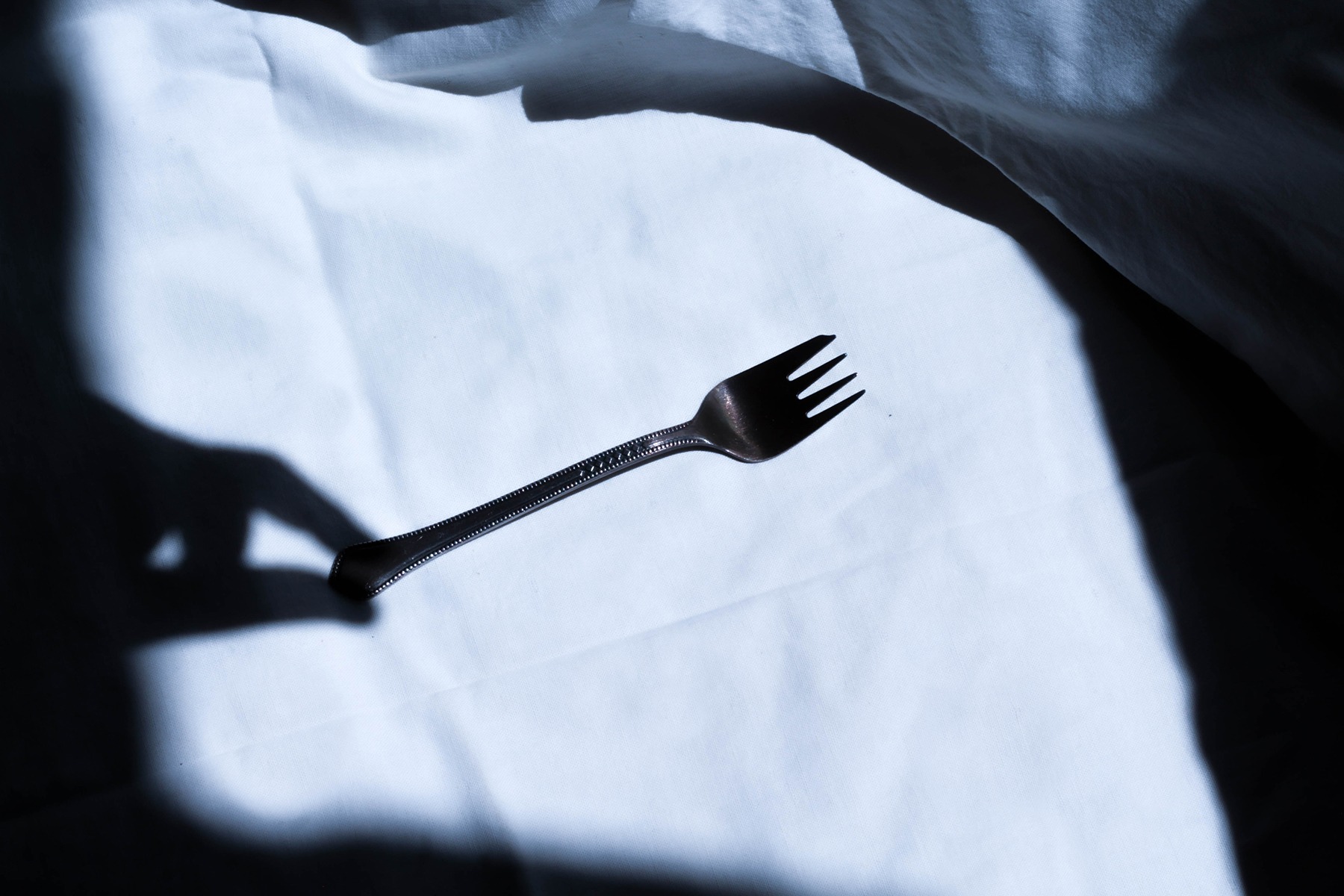

My sister
Boka, Harut and cousins
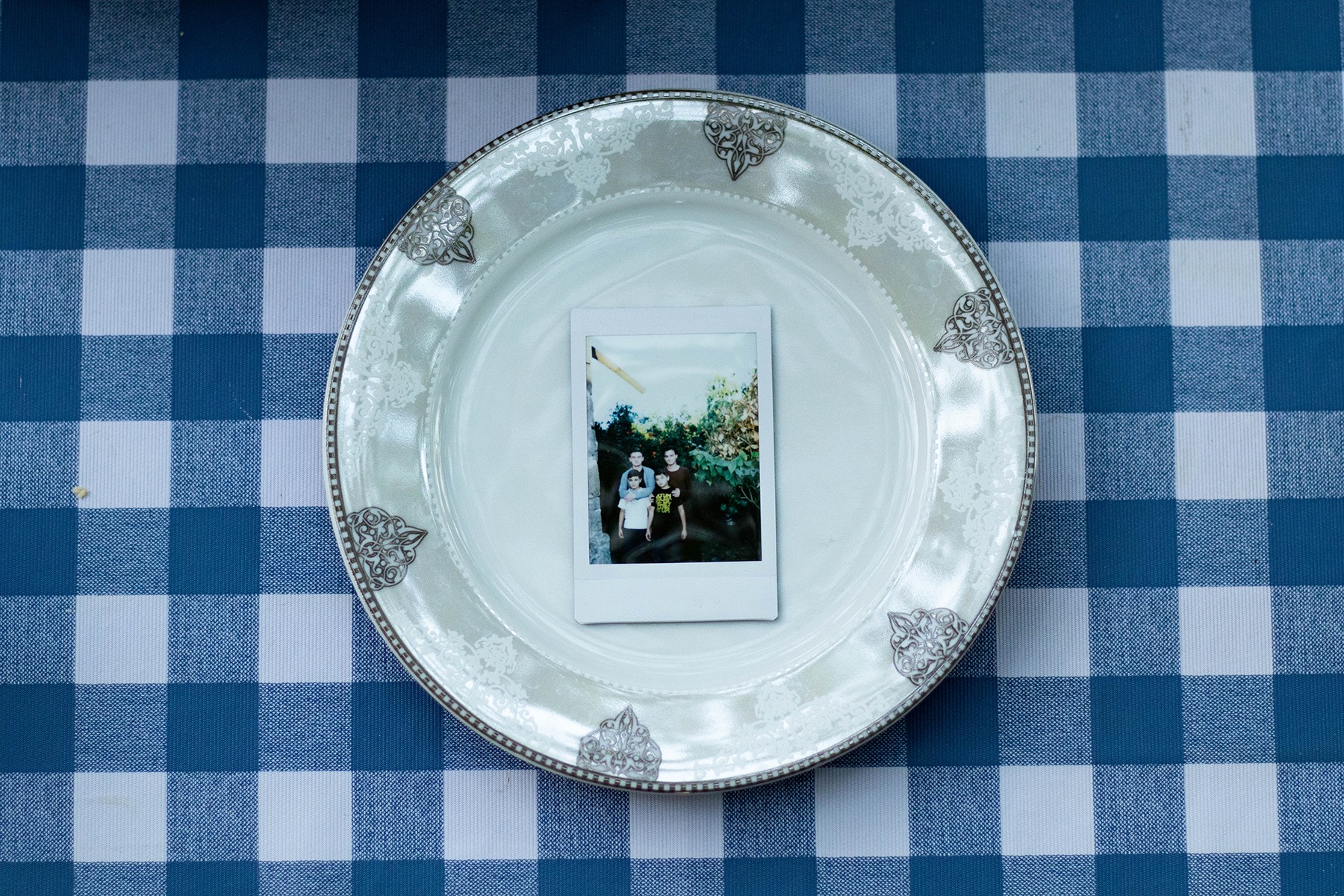
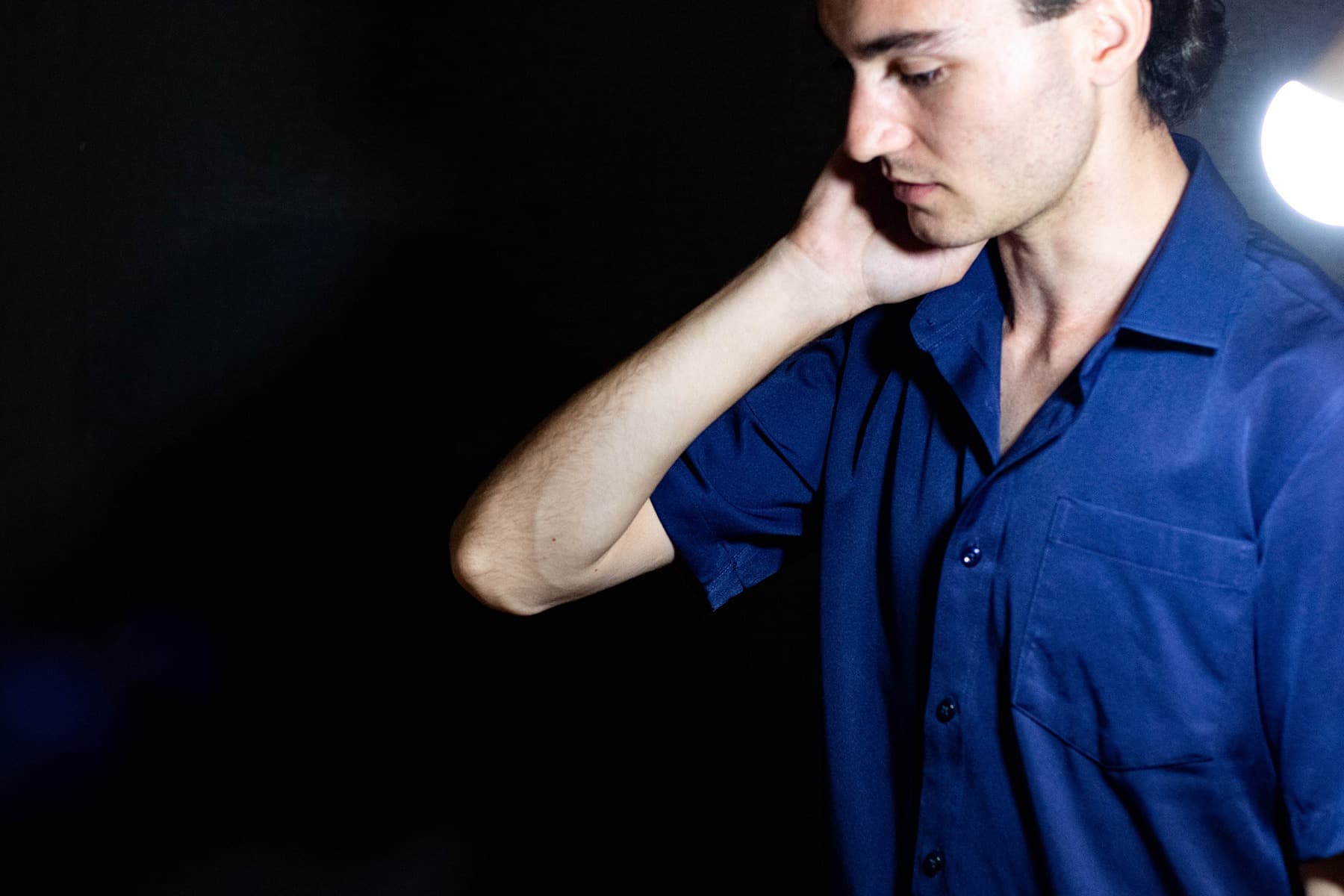
Boka, 21 years old Puppet Maker, was making puppets for theaters. Unfortunately left his all puppets in Artsakh, but now he starts his creative journey anew.
Harut, 16 years old Self-made Perfumer since 12 years old. He called his brand “Artsakh Perfume”.
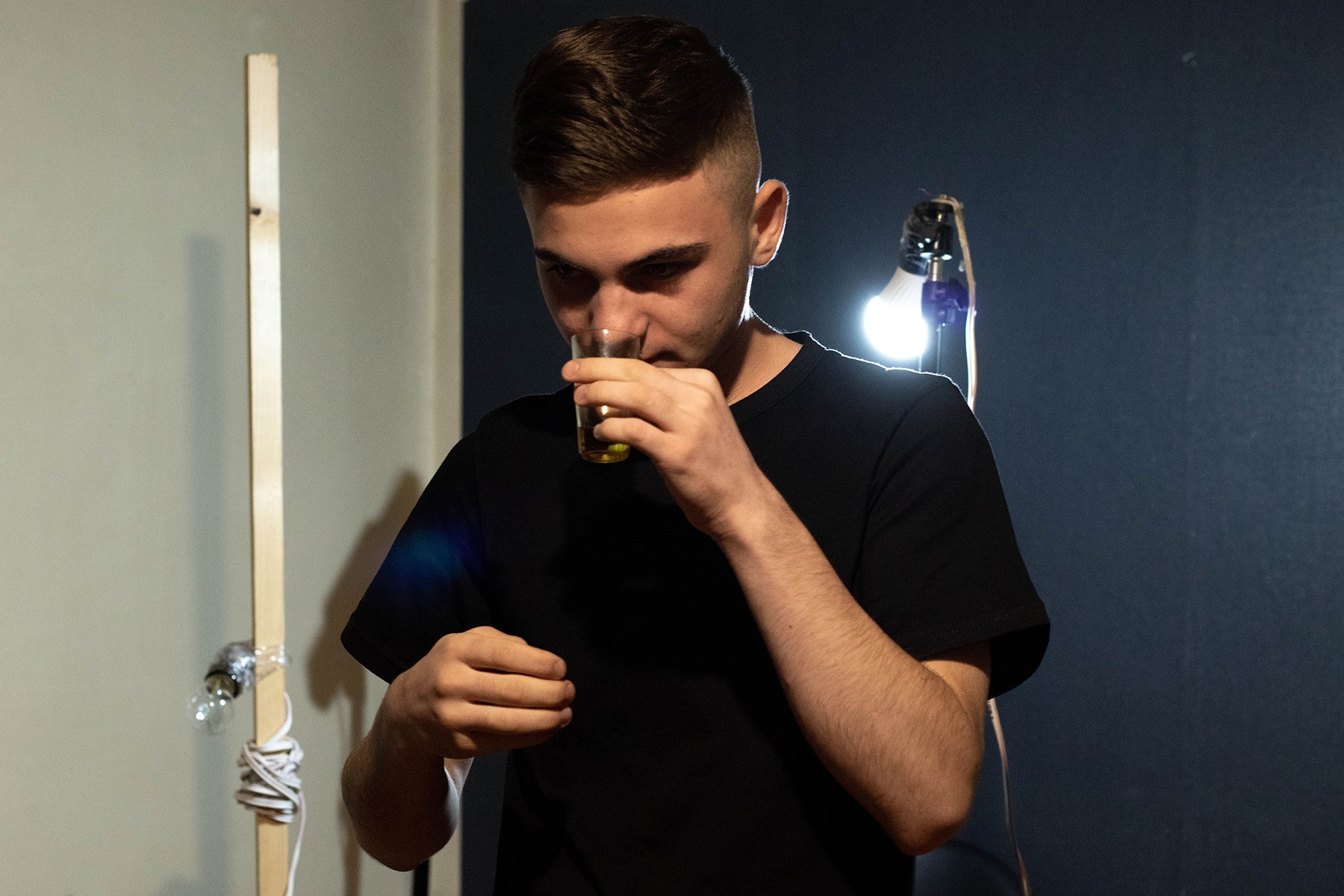
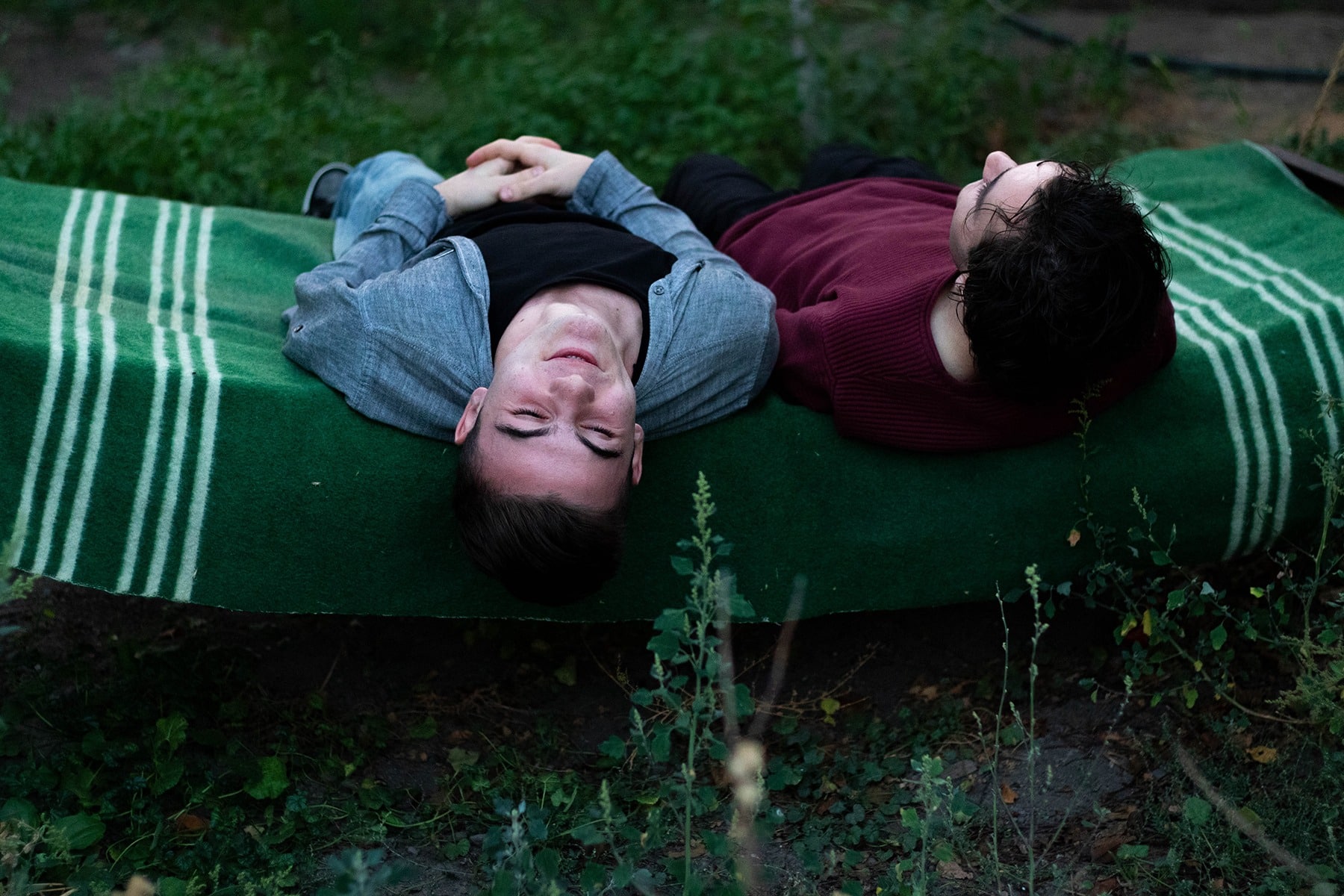
I was captivated by Boka and Arut’s garden, where we enjoyed delightful moments over tea, sharing funny childhood stories. “My sister and I would rush home from school, flop down to watch cartoons, and totally forget about Arut still stuck in kindergarten,” Boka chuckles at the memory. “Then our mom would come home and ask, ‘Where’s Arut?’ We’d look at each other, remembering we left him there!”
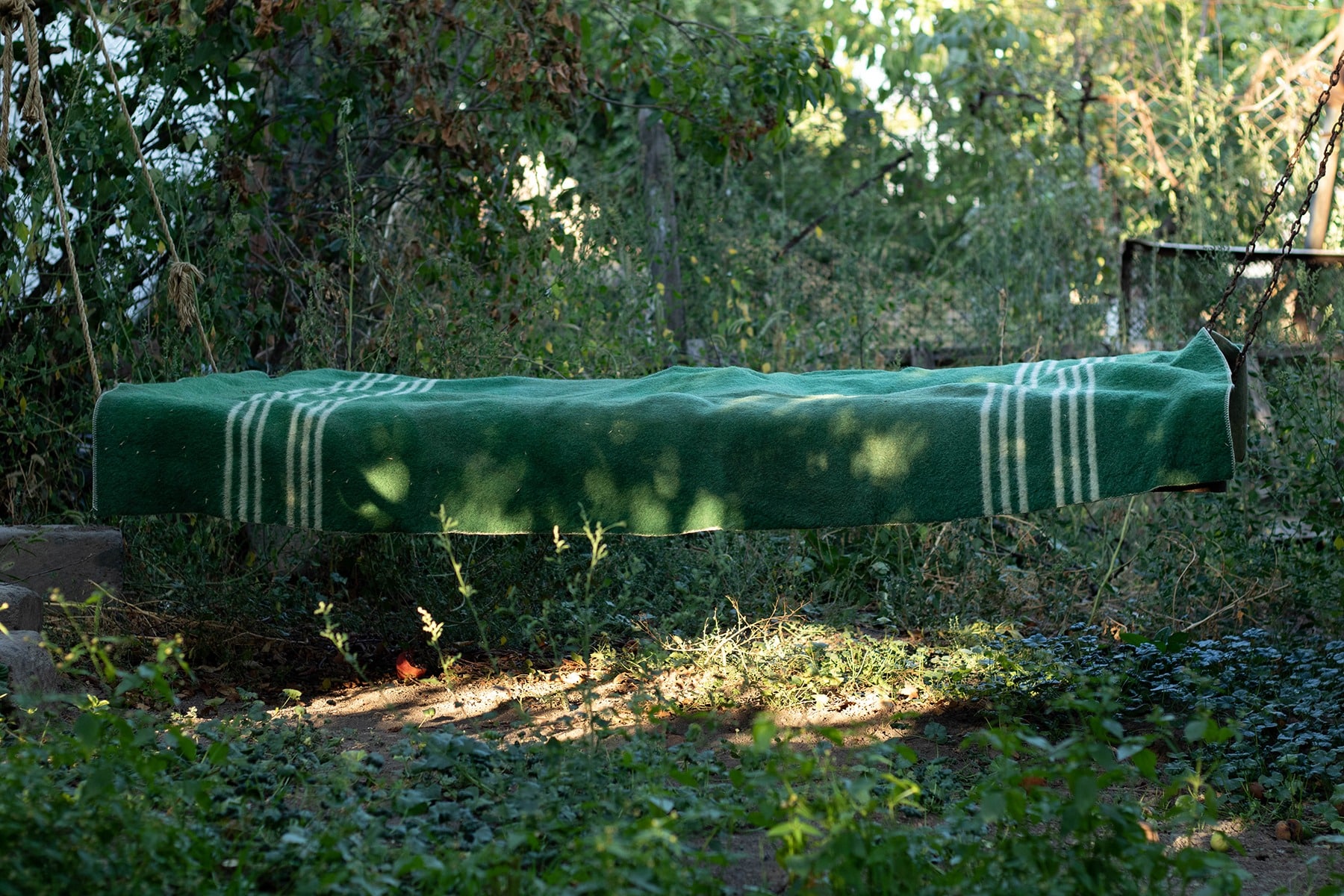
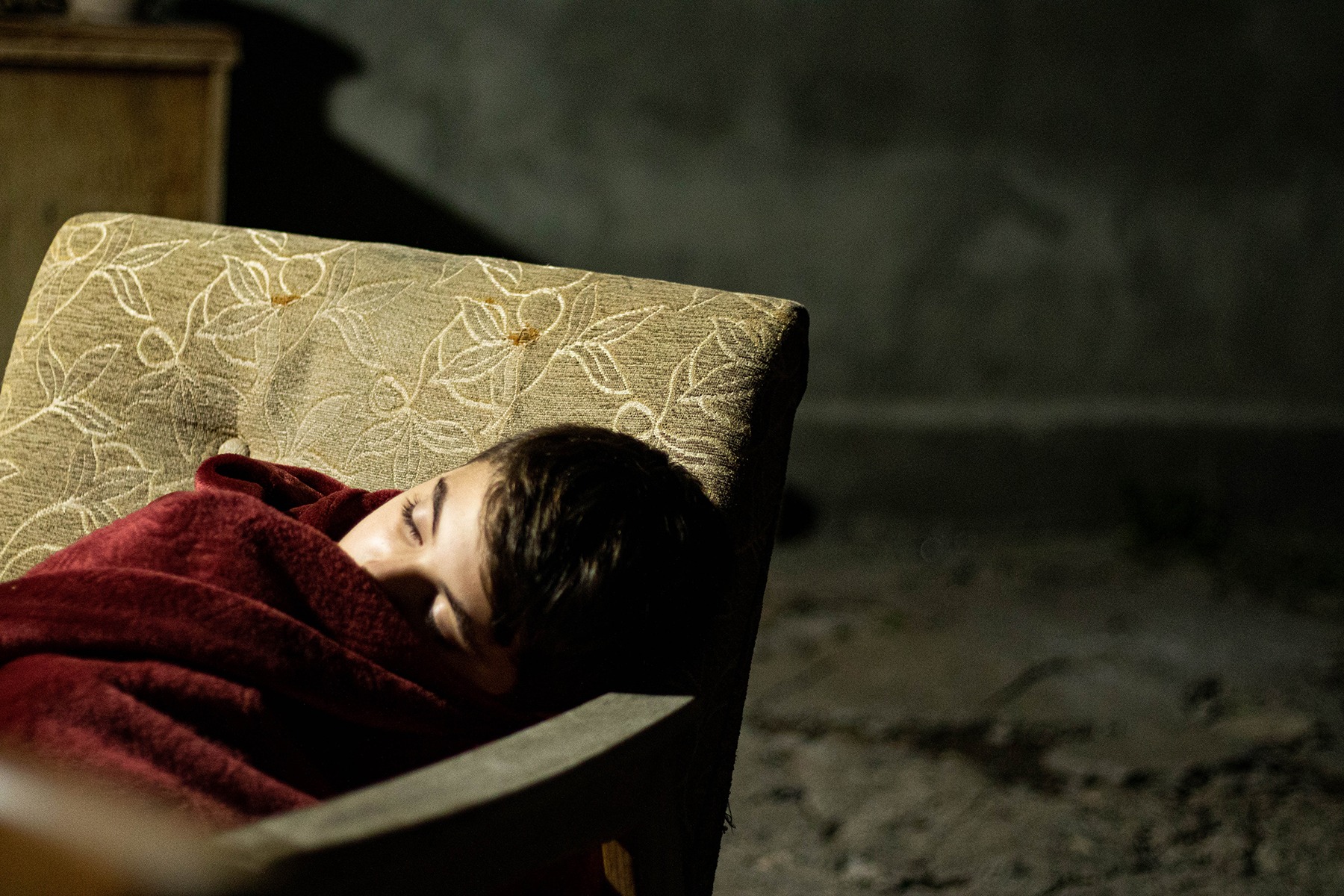
Nairi and Avet after kindergarten
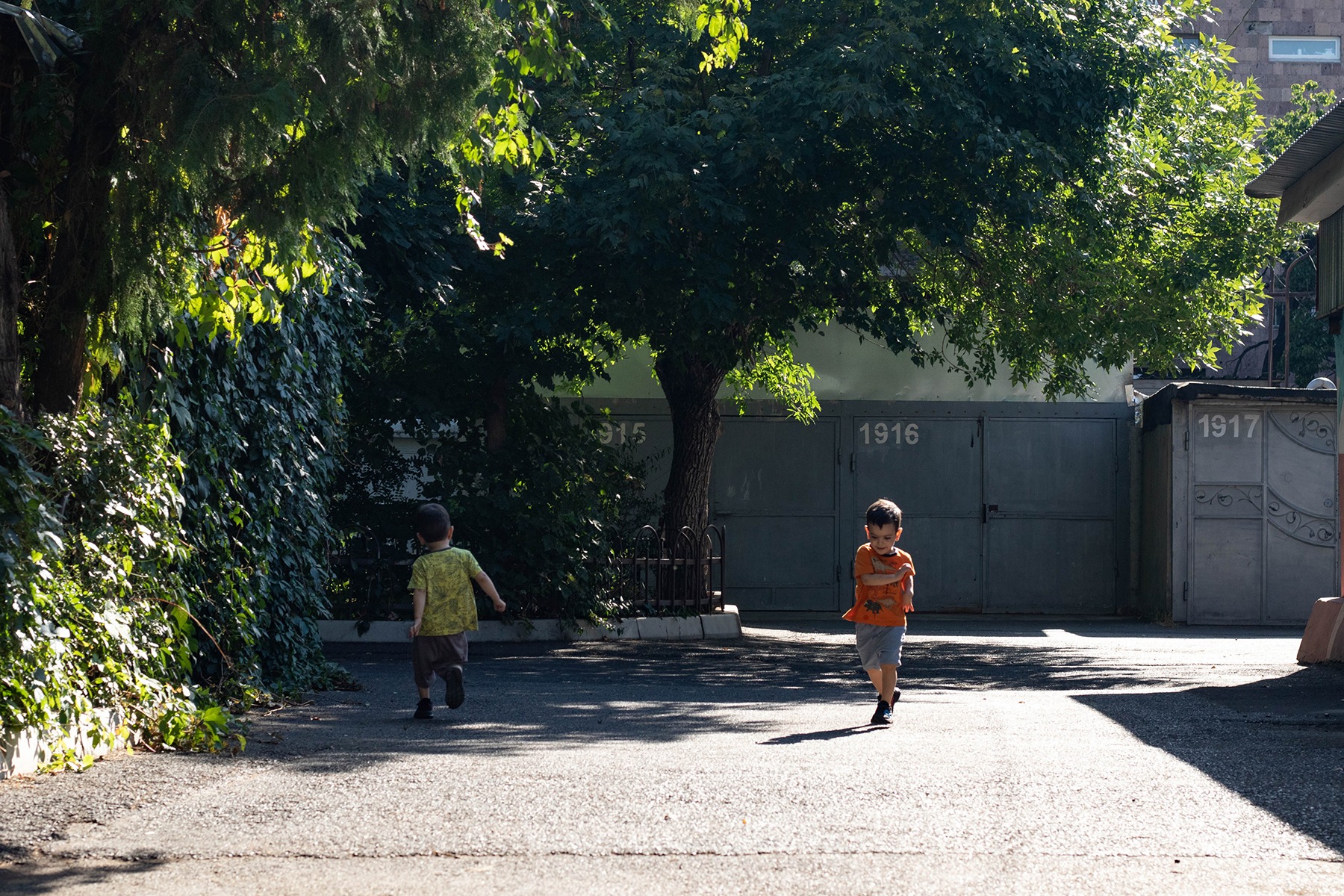
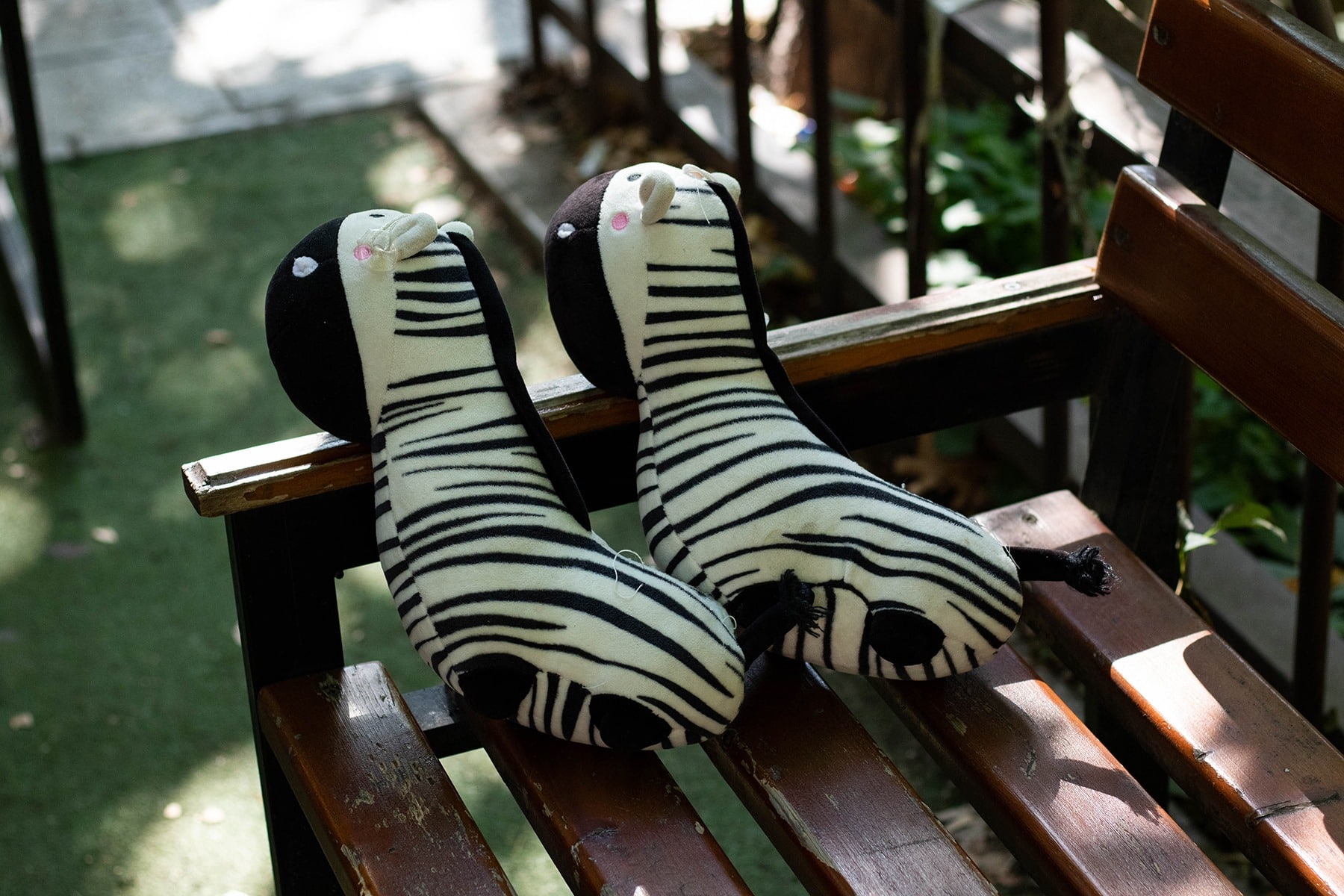
During the forced relocation, Mariam, the mother of twins Avet and Nairi, could only bring along two identical toy zebras for them.
The family photo album was also preserved, containing childhood photographs of the family’s grandfather.
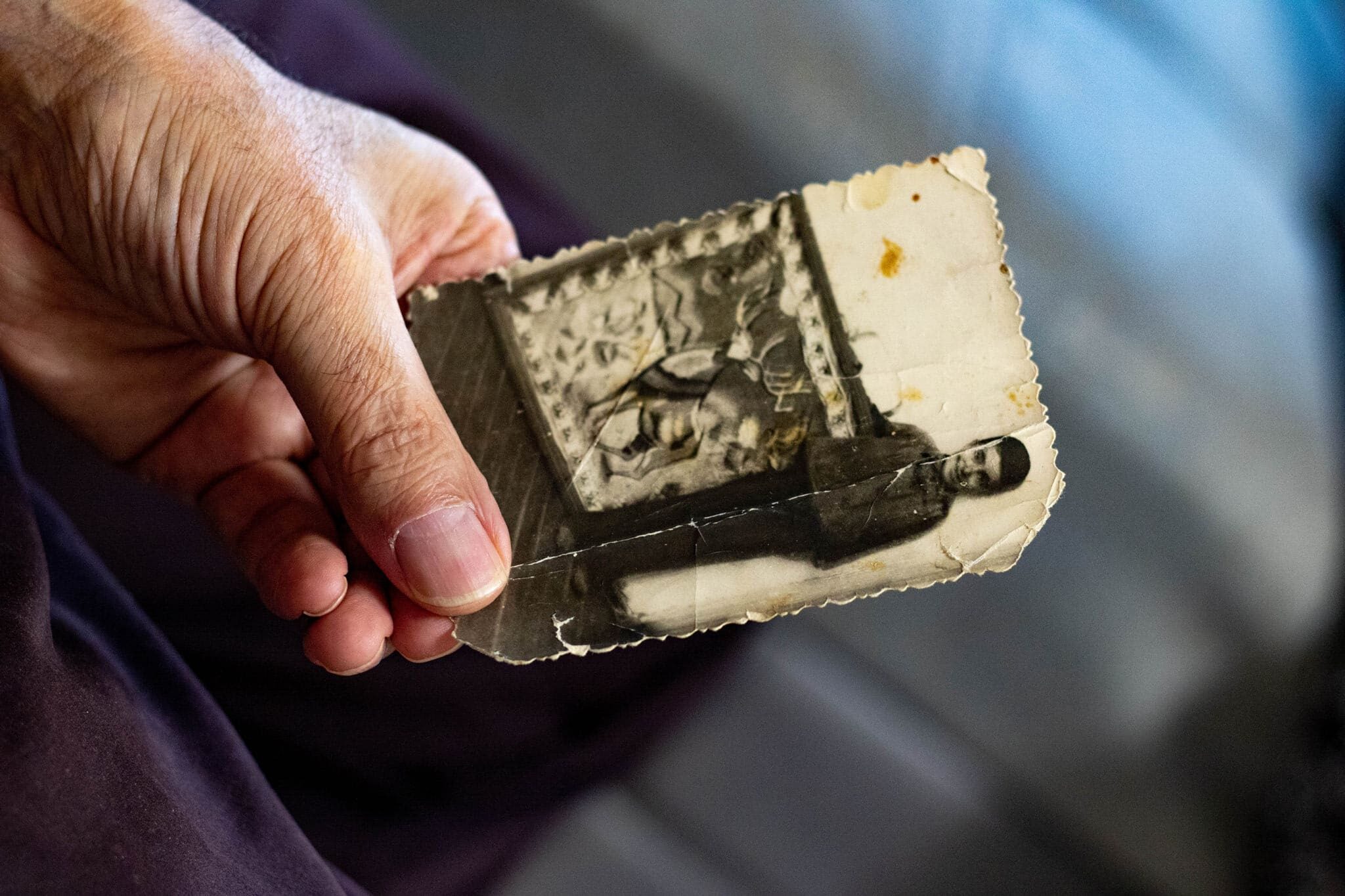
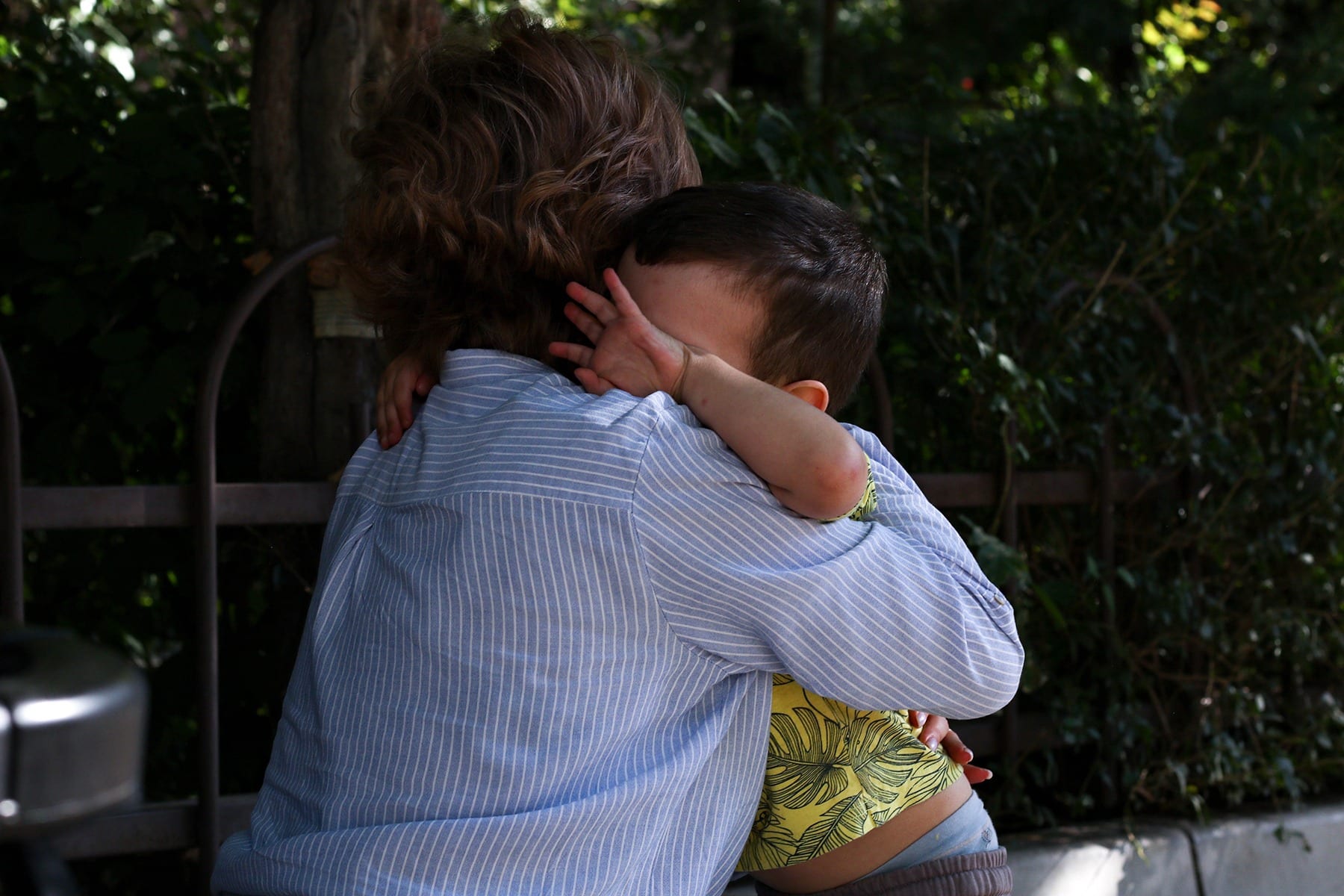
“Now, when I think about the blockade before the resettlement, I remember only the good,” says Mariam. “We had never experienced such closeness and unity as we did during that time.”

Inessa Avanesova is an independent photographer and movie director from Yerevan, Armenia, who graduated as a cinematographer in 2022 with her documentary “The Soul,” about a woman who works as a cleaner but dreams of theatre and dance (available on FilmFreeway).
Her photography journey began at 15, focusing on friends and street scenes, and going on to study at the Yerevan State College of Culture and TUMO Creative Center.
Today, Inessa blends conceptualism and documentary filmmaking to create photo essays about children and young people from Artsakh. A pivotal moment was seeing a boy on a bicycle without her camera, highlighting the importance of tools for creative expression. This inspired an exploration of how everyday items provide a sense of safety, reflecting themes from Hermann Hesse’s “Within and Without,” examining the philosophical aspects of loss and comfort in possessions.
Born in post-Soviet Yerevan, in an apartment filled with Soviet furniture and books moved from Soviet Baku in the eighties, this theme is a leitmotif. Her family preserved the feeling of home by maintaining a similar order of things. When Inessa returns home today, she immerses herself in a different atmosphere, enveloped by warm comfort and absorbed in the past. Now, history repeats itself with other families.